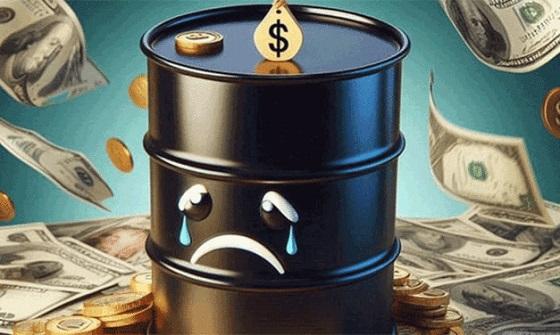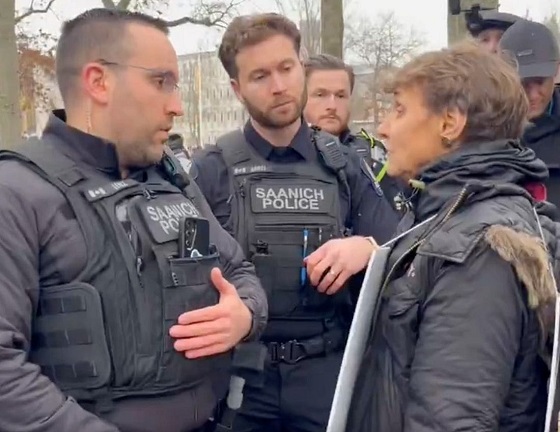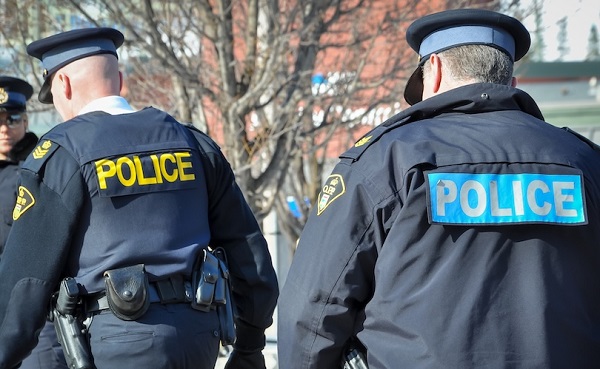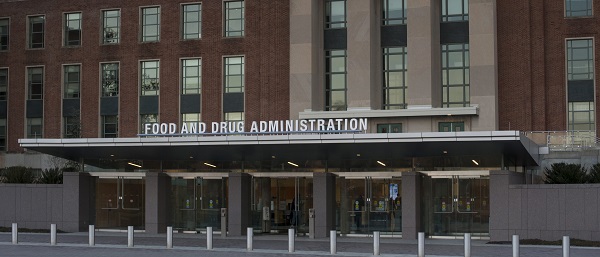Alberta
Back To Work! – Restaurants to open, kids “school” sports, and one on one indoor personal fitness will be allowed beginning February 8

From the Province of Alberta
Alberta is introducing a path forward for easing COVID-19 health restrictions, with clear benchmarks for hospitalizations. This will begin with step 1, with some restrictions easing on February 8
Easing of provincewide health measures will occur in steps based on COVID-19 hospitalization benchmarks.
These steps and benchmarks will provide a transparent approach to easing restrictions for businesses and individuals while protecting the health-care system.
Each step has an associated benchmark of hospitalized COVID-19 patients, including intensive care patients. Changes to restrictions will be considered once a benchmark is reached.
The hospitalization benchmarks are:
- Step 1 – 600 and declining
- Step 2 – 450 and declining
- Step 3 – 300 and declining
- Step 4 – 150 and declining
With hospitalizations dipping below 600, Alberta will move to Step 1 on Feb. 8.
If after three weeks the hospitalization numbers are in the range of the next benchmark, decisions will be considered for moving to Step 2. The same three-week re-evaluation period will be used for all subsequent steps.
“This roadmap sets out a clear path for when and how Albertans will see some easing of heath measures. By outlining the benchmarks we must achieve to see more reopenings, we are offering hope and a path forward. But we have to proceed with caution. This stepped approach will only work if Albertans continue to follow existing health measures and make good choices to keep our numbers trending down. It’s up to each one of us to maintain our vigilance.”
“Throughout the pandemic, we’ve emphasized the importance of maintaining our health-care capacity. These hospitalization benchmarks will help us chart a path forward to carefully restart businesses and activities that people depend on. We’re laying out a series of steps to ease selected measures starting with those that have the lowest risk, all subject to the need to protect our health system.”
“By outlining a roadmap with clear targets, we want Albertans to see themselves as part of the solution. We must all continue to follow public health measures and reduce the spread of COVID-19 to see our downward trend continue. Only as we see hospitalizations fall low enough can we consider additional easing of restrictions.”
Indoor masking and distancing requirements will remain in place throughout the entire stepped approach, and some degree of restrictions will still apply to all activities within each step.
The grouping and sequencing of steps is based on relative risk for COVID-19 transmission. Actions with the lowest relative risk will be those first considered for easing.
Early steps: In effect Jan. 18
- Outdoor social gatherings allowed up to 10 people.
- Personal and wellness services opened for appointments only.
- Funeral service attendance was raised to 20 people.
- In-person classes resumed for K-12 students (Jan. 11).
Step 1: Hospitalization benchmark – 600
- Potential easing of some restrictions related to:
- Indoor and outdoor children’s sport and performance (school-related only)
- Indoor personal fitness, one-on-one and by appointment only
- Restaurants, cafes, and pubs
Step 2: Hospitalization benchmark – 450
- Potential easing of some restrictions related to:
- Retail
- Community halls, hotels, banquet halls and conference centres
- Further easing of some restrictions eased in Step 1
Step 3: Hospitalization benchmark – 300
- Potential easing of some restrictions related to:
- Places of worship
- Adult team sports
- Museums, art galleries, zoos and interpretive centres
- Indoor seated events, including movie theatres and auditoriums
- Casinos, racing centres and bingo halls
- Libraries
- Further easing of some restrictions eased in Steps 1 and 2
Step 4: Hospitalization benchmark – 150
- Potential easing of some restrictions related to:
- Indoor entertainment centres and play centres
- Tradeshows, conferences and exhibiting events
- Performance activities (e.g., singing, dancing, wind instruments)
- Outdoor sporting events (e.g., rodeo)
- Wedding ceremonies and receptions
- Funeral receptions
- Workplaces – lifting work-from-home measures
- Amusement parks
- Indoor concerts and sporting events
- Festivals, including arts and cultural festivals (indoor and outdoor)
- Day camps and overnight camps
- Further easing of some restrictions eased in Steps 1-3
Alberta’s government is responding to the COVID-19 pandemic by protecting lives and livelihoods with precise measures to bend the curve, sustain small businesses and protect Alberta’s health-care system.
Alberta
Alberta Next Panel calls for less Ottawa—and it could pay off

From the Fraser Institute
By Tegan Hill
Last Friday, less than a week before Christmas, the Smith government quietly released the final report from its Alberta Next Panel, which assessed Alberta’s role in Canada. Among other things, the panel recommends that the federal government transfer some of its tax revenue to provincial governments so they can assume more control over the delivery of provincial services. Based on Canada’s experience in the 1990s, this plan could deliver real benefits for Albertans and all Canadians.
Federations such as Canada typically work best when governments stick to their constitutional lanes. Indeed, one of the benefits of being a federalist country is that different levels of government assume responsibility for programs they’re best suited to deliver. For example, it’s logical that the federal government handle national defence, while provincial governments are typically best positioned to understand and address the unique health-care and education needs of their citizens.
But there’s currently a mismatch between the share of taxes the provinces collect and the cost of delivering provincial responsibilities (e.g. health care, education, childcare, and social services). As such, Ottawa uses transfers—including the Canada Health Transfer (CHT)—to financially support the provinces in their areas of responsibility. But these funds come with conditions.
Consider health care. To receive CHT payments from Ottawa, provinces must abide by the Canada Health Act, which effectively prevents the provinces from experimenting with new ways of delivering and financing health care—including policies that are successful in other universal health-care countries. Given Canada’s health-care system is one of the developed world’s most expensive universal systems, yet Canadians face some of the longest wait times for physicians and worst access to medical technology (e.g. MRIs) and hospital beds, these restrictions limit badly needed innovation and hurt patients.
To give the provinces more flexibility, the Alberta Next Panel suggests the federal government shift tax points (and transfer GST) to the provinces to better align provincial revenues with provincial responsibilities while eliminating “strings” attached to such federal transfers. In other words, Ottawa would transfer a portion of its tax revenues from the federal income tax and federal sales tax to the provincial government so they have funds to experiment with what works best for their citizens, without conditions on how that money can be used.
According to the Alberta Next Panel poll, at least in Alberta, a majority of citizens support this type of provincial autonomy in delivering provincial programs—and again, it’s paid off before.
In the 1990s, amid a fiscal crisis (greater in scale, but not dissimilar to the one Ottawa faces today), the federal government reduced welfare and social assistance transfers to the provinces while simultaneously removing most of the “strings” attached to these dollars. These reforms allowed the provinces to introduce work incentives, for example, which would have previously triggered a reduction in federal transfers. The change to federal transfers sparked a wave of reforms as the provinces experimented with new ways to improve their welfare programs, and ultimately led to significant innovation that reduced welfare dependency from a high of 3.1 million in 1994 to a low of 1.6 million in 2008, while also reducing government spending on social assistance.
The Smith government’s Alberta Next Panel wants the federal government to transfer some of its tax revenues to the provinces and reduce restrictions on provincial program delivery. As Canada’s experience in the 1990s shows, this could spur real innovation that ultimately improves services for Albertans and all Canadians.
Alberta
Ottawa-Alberta agreement may produce oligopoly in the oilsands

From the Fraser Institute
By Jason Clemens and Elmira Aliakbari
The federal and Alberta governments recently jointly released the details of a memorandum of understanding (MOU), which lays the groundwork for potentially significant energy infrastructure including an oil pipeline from Alberta to the west coast that would provide access to Asia and other international markets. While an improvement on the status quo, the MOU’s ambiguity risks creating an oligopoly.
An oligopoly is basically a monopoly but with multiple firms instead of a single firm. It’s a market with limited competition where a few firms dominate the entire market, and it’s something economists and policymakers worry about because it results in higher prices, less innovation, lower investment and/or less quality. Indeed, the federal government has an entire agency charged with worrying about limits to competition.
There are a number of aspects of the MOU where it’s not sufficiently clear what Ottawa and Alberta are agreeing to, so it’s easy to envision a situation where a few large firms come to dominate the oilsands.
Consider the clear connection in the MOU between the development and progress of Pathways, which is a large-scale carbon capture project, and the development of a bitumen pipeline to the west coast. The MOU explicitly links increased production of both oil and gas (“while simultaneously reaching carbon neutrality”) with projects such as Pathways. Currently, Pathways involves five of Canada’s largest oilsands producers: Canadian Natural, Cenovus, ConocoPhillips Canada, Imperial and Suncor.
What’s not clear is whether only these firms, or perhaps companies linked with Pathways in the future, will have access to the new pipeline. Similarly, only the firms with access to the new west coast pipeline would have access to the new proposed deep-water port, allowing access to Asian markets and likely higher prices for exports. Ottawa went so far as to open the door to “appropriate adjustment(s)” to the oil tanker ban (C-48), which prevents oil tankers from docking at Canadian ports on the west coast.
One of the many challenges with an oligopoly is that it prevents new entrants and entrepreneurs from challenging the existing firms with new technologies, new approaches and new techniques. This entrepreneurial process, rooted in innovation, is at the core of our economic growth and progress over time. The MOU, though not designed to do this, could prevent such startups from challenging the existing big players because they could face a litany of restrictive anti-development regulations introduced during the Trudeau era that have not been reformed or changed since the new Carney government took office.
And this is not to criticize or blame the companies involved in Pathways. They’re acting in the interests of their customers, staff, investors and local communities by finding a way to expand their production and sales. The fault lies with governments that were not sufficiently clear in the MOU on issues such as access to the new pipeline.
And it’s also worth noting that all of this is predicated on an assumption that Alberta can achieve the many conditions included in the MOU, some of which are fairly difficult. Indeed, the nature of the MOU’s conditions has already led some to suggest that it’s window dressing for the federal government to avoid outright denying a west coast pipeline and instead shift the blame for failure to the Smith government.
Assuming Alberta can clear the MOU’s various hurdles and achieve the development of a west coast pipeline, it will certainly benefit the province and the country more broadly to diversify the export markets for one of our most important export products. However, the agreement is far from ideal and could impose much larger-than-needed costs on the economy if it leads to an oligopoly. At the very least we should be aware of these risks as we progress.

Elmira Aliakbari
-

 Alberta2 days ago
Alberta2 days agoOttawa-Alberta agreement may produce oligopoly in the oilsands
-
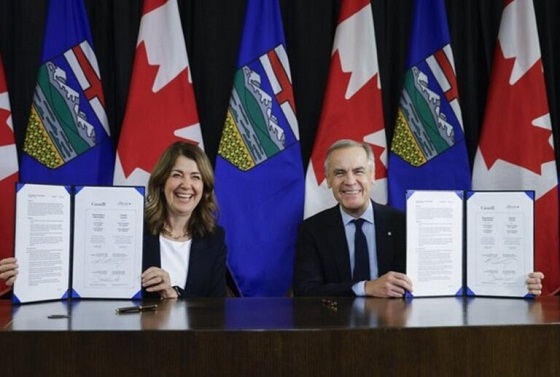
 Energy2 days ago
Energy2 days agoThe Top News Stories That Shaped Canadian Energy in 2025 and Will Continue to Shape Canadian Energy in 2026
-

 Energy2 days ago
Energy2 days agoWestern Canada’s supply chain for Santa Claus
-

 International2 days ago
International2 days ago$2.6 million raised for man who wrestled shotgun from Bondi Beach terrorist
-

 Frontier Centre for Public Policy16 hours ago
Frontier Centre for Public Policy16 hours agoTent Cities Were Rare Five Years Ago. Now They’re Everywhere
-

 armed forces17 hours ago
armed forces17 hours agoRemembering Afghanistan and the sacrifices of our military families
-

 Fraser Institute17 hours ago
Fraser Institute17 hours agoHow to talk about housing at the holiday dinner table
-
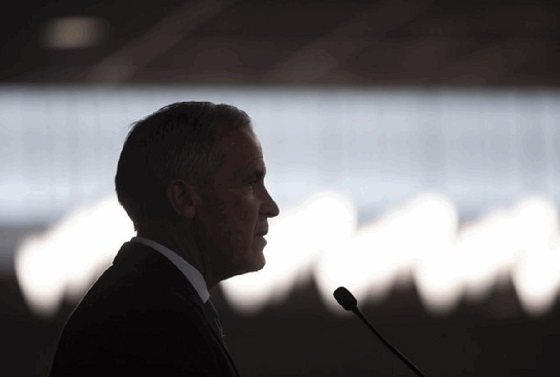
 Fraser Institute1 hour ago
Fraser Institute1 hour agoCarney government sowing seeds for corruption in Ottawa






